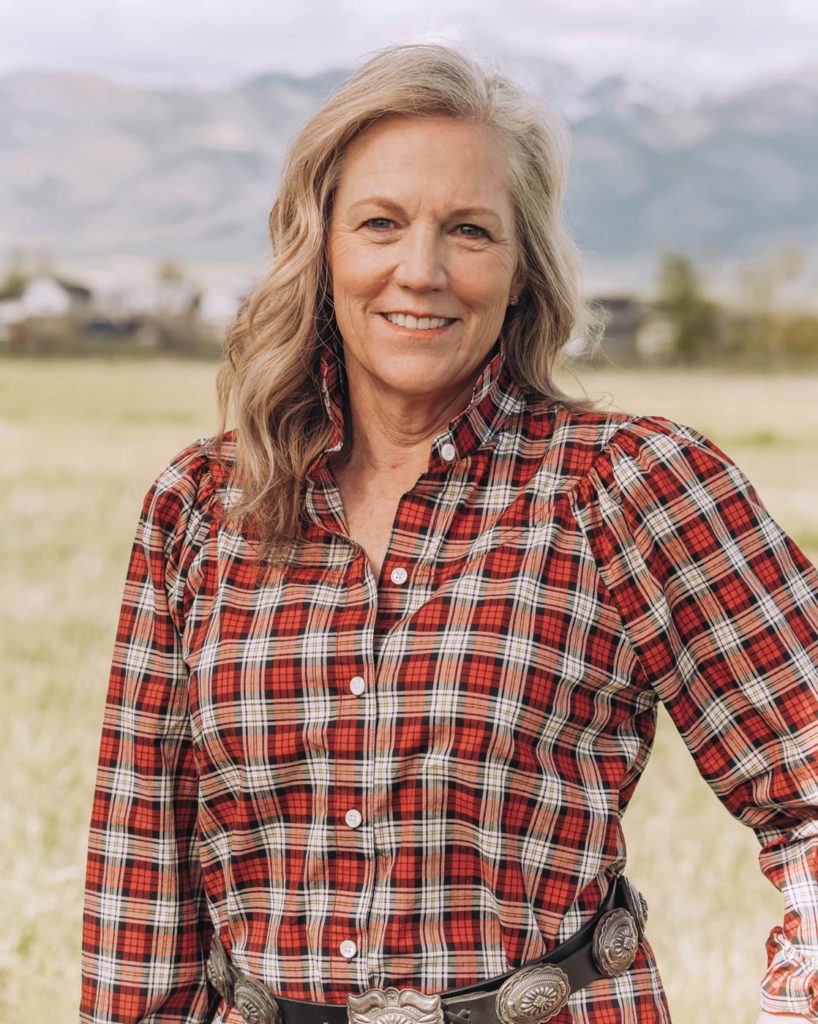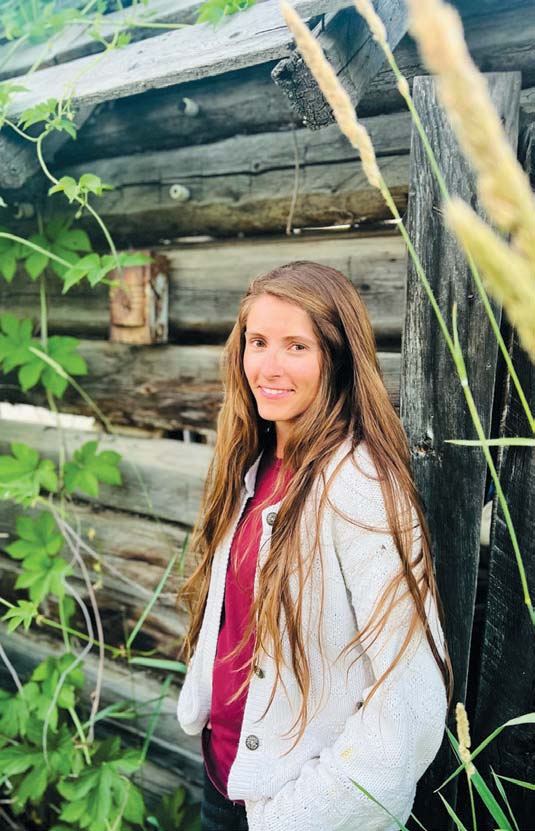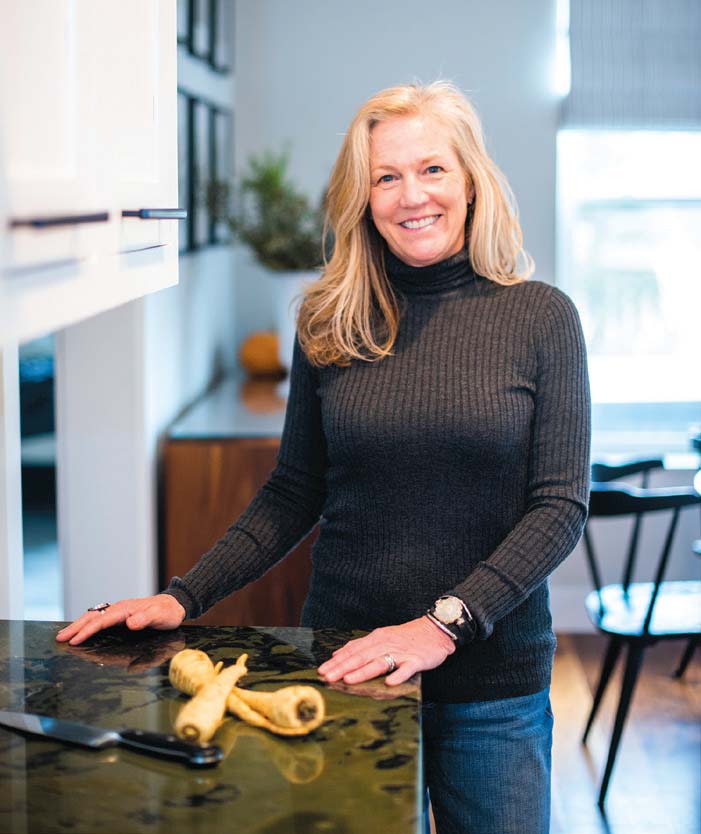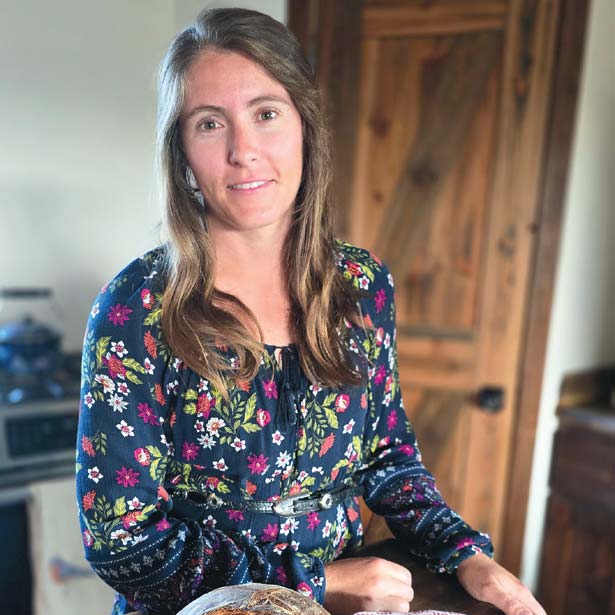
When I was 10, we moved from the city to the country. Up until then, I’d mostly been around people a lot like me, but at our new home in New Mexico I was suddenly surrounded by people with different backgrounds and ethnicities. They drove trucks, rode horses, and made tortillas by hand. They were from multiple cultures: Indigenous, Mexican, Spanish, and European.
There were also lots of animals. Our acreage had the requisite horses and cows, a gregarious sheep, many domestic dogs and cats, and—after a trip to the feed store with my dad— chickens. I had asked if we could take hatchlings home and my dad agreed.
We put the baby chicks in a box in the garage with a light to keep them warm while my dad spent the next two days building the Taj Mahal of chicken coops. It was a beautiful house with individual boxes for laying eggs, a door that we opened during the day, a heater inside for extreme weather, and a fenced in area to keep them safe from predators.
Over time, my father indulged me in adding new chicken breeds. I was proud of my flock, and I showed some chickens at the 4-H Fair, which required giving them baths (seriously, it’s a thing). And when my rooster won a blue ribbon, I basked in the glory.
The chickens from my youth often showed affection and compassion for others in the community we created for them. I witnessed this at a young age and learned to be accepting of and interested in our differences.
We added to our original community of Leghorns. We had an Araucana hen who laid bluish green eggs and constantly flew out of the coop to nest on alfalfa hay bales in our barn. We also had Rhode Island Reds, known for their consistent production of brown eggs; quirky Polish Hens who pranced around showing off their beautiful topknots; and even Guinea foul, relatives of the chicken, who laid smaller eggs—they were ornery and much wilder than the chickens. These different breeds of birds coexisted in the coop, but I noticed they tended to hang out in groups of their own kind.
I recently witnessed that behavior again with my sister, a science instructor credentialed in biotechnology, molecular biology, and animal science. As we watched a group of chickens mingle, we noticed they were in groups of their own kind except at the feed trough, where they were all mixed together. She matter-of-factly explained this is a common behavioral phenomenon among birds. Birds are attracted to those with the same features but when food is plentiful and basic needs are met, the chickens—driven by their instinct to survive—will break from their groupings and eat together. The chickens from my youth often showed affection and compassion for others in the community we created for them. I witnessed this at a young age and learned to be accepting of and interested in our differences.
Perhaps we can take a lesson from chickens when it comes to living with those who are different. As our region grows, let’s take the time to understand each other. Maybe we can do better than just coexisting. Maybe we can get to know our neighbors, share a meal, and make the effort to understand and celebrate our differences while enjoying the Montana summer, together.
Jackie Page
Publisher




